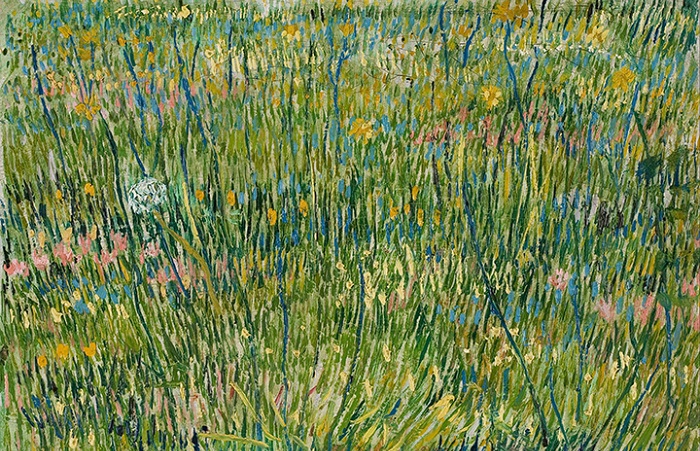
Patch of grass
When it comes to paintings painted on top of others, immediately recall the work of Van Gogh. About a third of the author’s works are apinted in his other pictures. One of the latest examples is the “Patch of Grass” 1887.
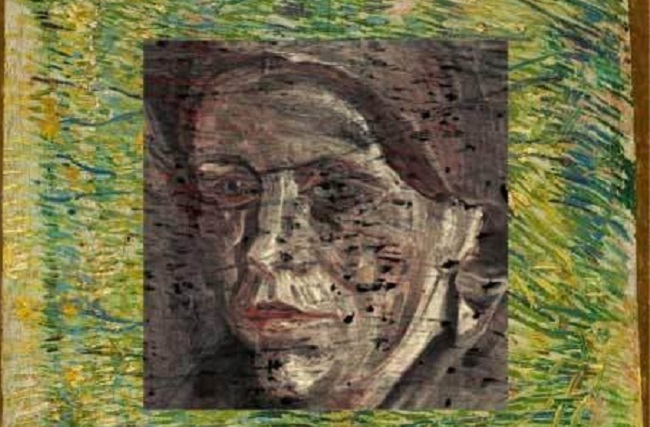
In 2008 a team of researchers from the University of Delphi Technologies discovered a mysterious portrait of a woman hidden in the painting of Van Gogh’s “Patch of grass.”
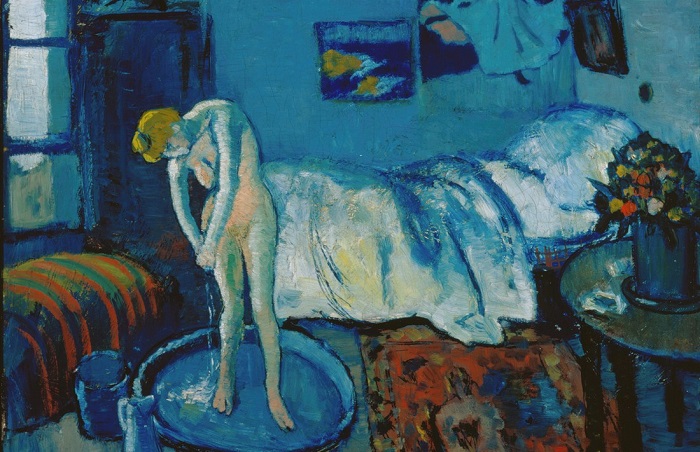
The Blue room.
The painting was created in the period of Picasso’s creativity called “blue”, does not possess such dramatic pathetic characteristic of the rest of the master’s paintings at this difficult time for him. And although there are no blind people and beggars, the coloring of the canvas impresses with its coldness and detachmen.
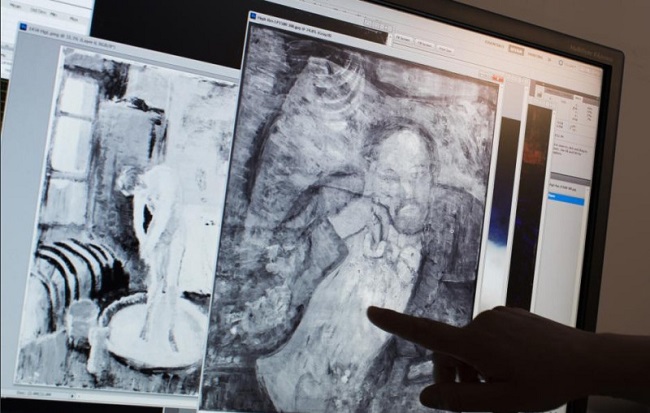
Under the Pablo Picasso’s picture “Blue Room” 1901, the scientists have detected the image of a bearded man in a bow tie. This discovery was made by means of infrared radiation.
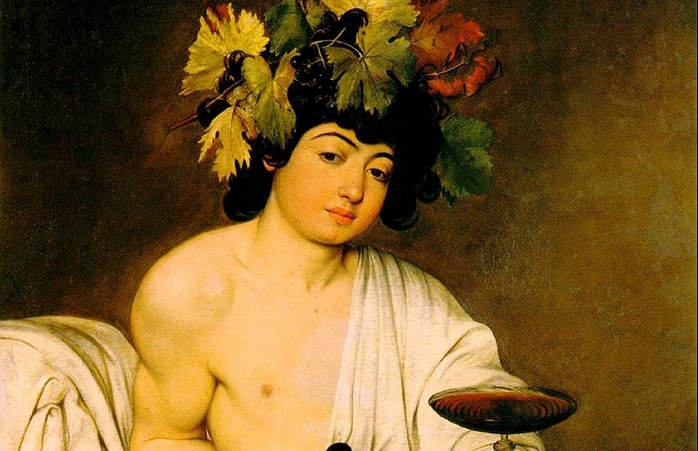
Bacchus.
Standing at the origins of baroque, Caravaggio (1571-1610) made this picture in a relatively serene period of his life. Hence the choice of the theme – Bacchus, the Greek god of wine and merriment, in the form of which the master showed the young man with a languid look, a gentle gesture holding the spectator a glass of wine.
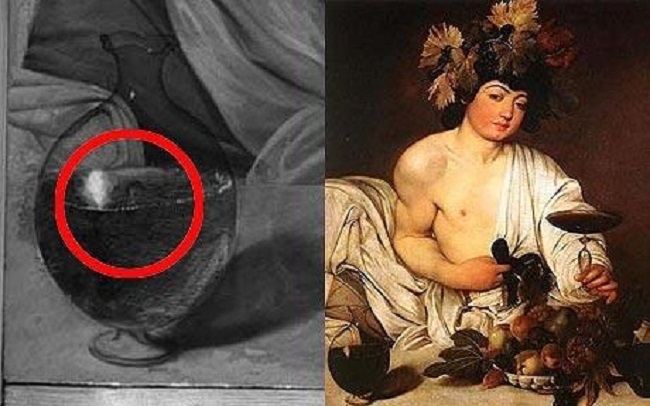
On the “Bacchus” there was discovered a tiny self-portrait of Caravaggio. In 1922 appeared a version that under the painting there is a hidden picture, however, this conjecture has been confirmed recently. Thanks to modern technology it was possible to detect the tiny self-portrait of Caravaggio on the decanter of wine.
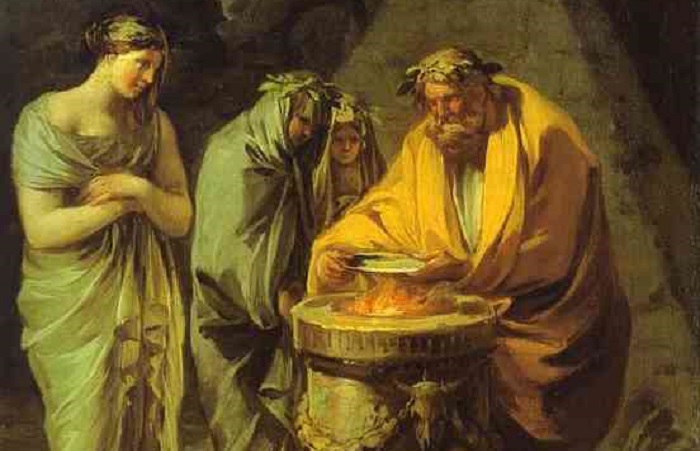
Sacrifice to Vesta.
Francisco de Goya-i-Lucientes is a great Spanish artist. In his work there were traits of both classicism and romanticism, but this artist could not be attributed to any style completely, so his pictures were not similar to anyone else’s.
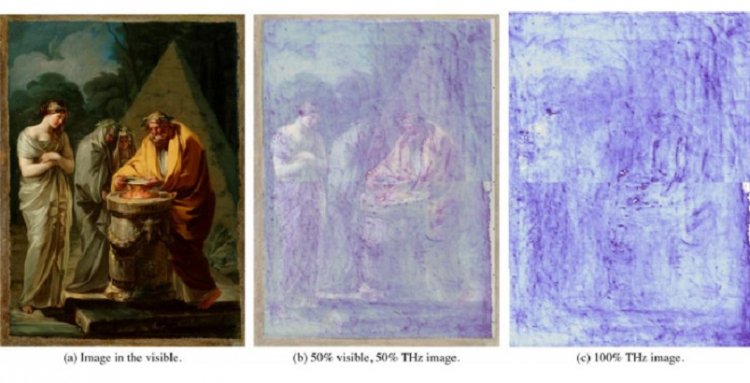
The 240-year-old painting “Sacrifice to Vesta” didn’t have a confirmation of authorship of Goya, although it became a turning point in his works. In May 2013, researchers looked at the reflection of terahertz waves from the picture and discovered a signature of Goya in the painting between the layers of paint in the bottom right corner that has been hidden for centuries.
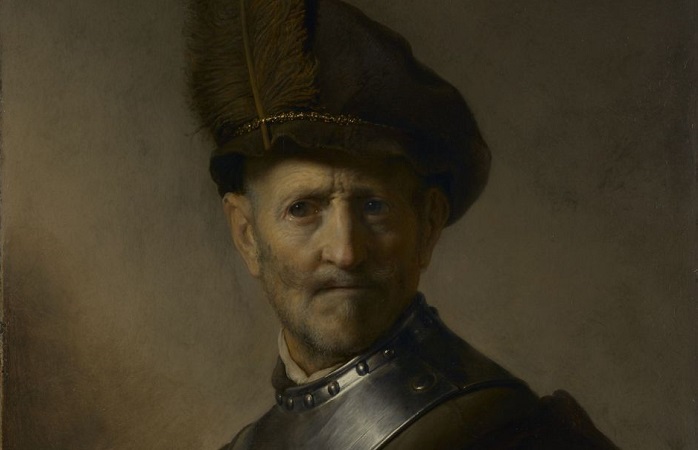
Old man in military costume.
Picture of a Dutch artist, draftsman and engraver, the great master of chiaroscuro, the largest representative of the golden age of Dutch painting. Rembrandt managed to translate in his works the whole spectrum of human experiences with such emotional richness, which before him did not know the fine arts.
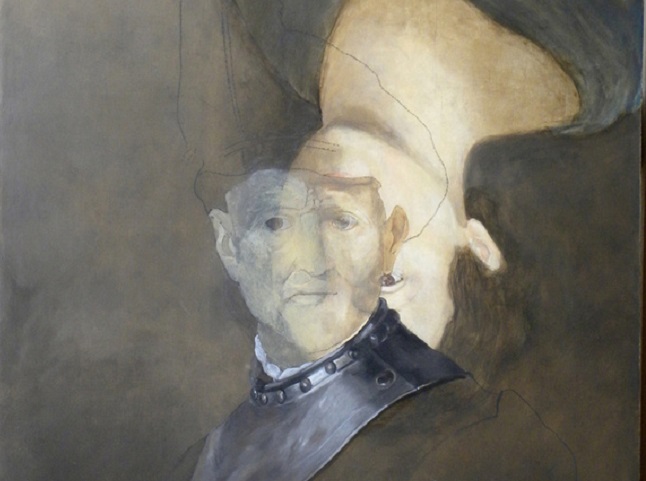
Under the 380-year-old Rembrandt painting “Old man in military costume” the scientists managed to find a portrait of a woman. This discovery was done using the macro X-ray fluorescence analysis. The previously used infrared method was not strong enough to reveal the underlying layers.
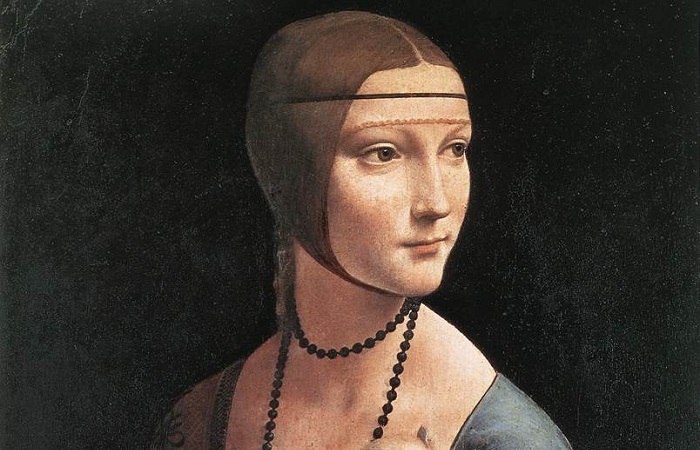
Lady with an Ermine.
This picture is one of four famous female portraits belonging to the brush of Leonardo. It has a very fascinating history and many-valued symbolism, typical of most of the images of da Vinci. Even if one does not delve into the numerous theories about the belonging of the Titan of the Renaissance to a variety of secret societies, the picture itself gives a large number of references to various associations and word games.
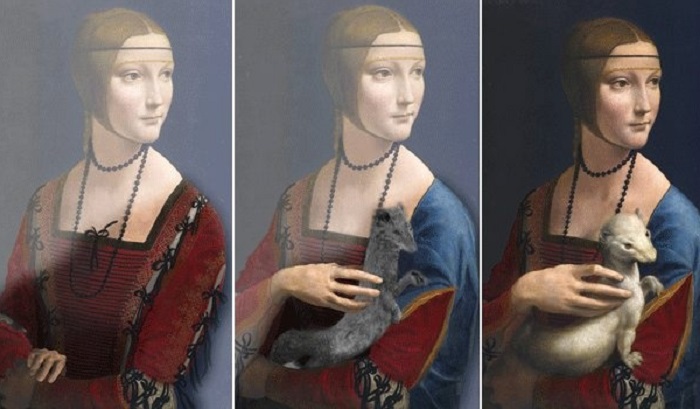
The scientists have established that Leonardo da Vinci has twice changed his work “Lady with an Ermine.” French engineer Pascal Kotte and his team of scientists have developed a “method for amplifying layers”, thanks to which it was possible to make this discovery.